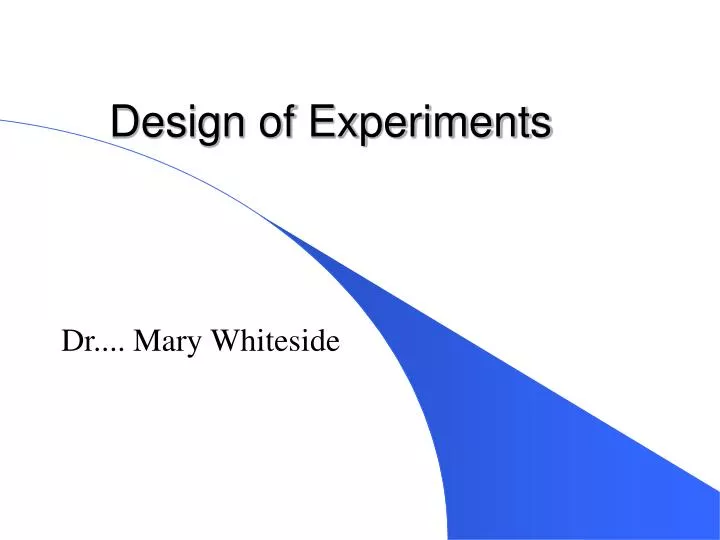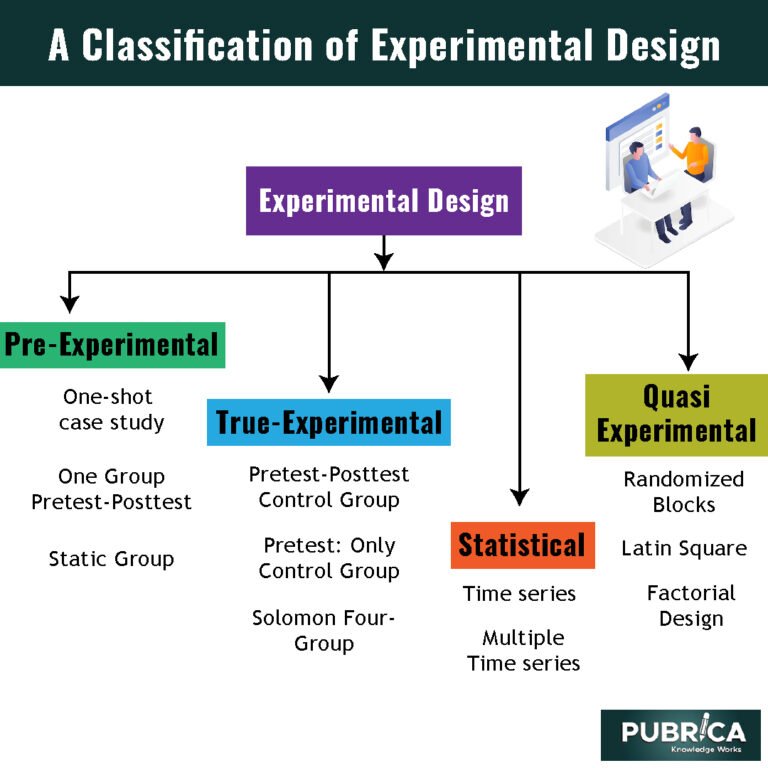All there is to know about Experimental Design
Table Of Content

They're used by people in all sorts of jobs, like marketing, education, and even video game design! Yes, someone probably ran an experiment to figure out what makes a game super fun to play. Similarly, in research, if you don't have a solid plan, you might get confusing or incorrect results. A good experimental design helps you ask the right questions (think critically), decide what to measure (come up with an idea), and figure out how to measure it (test it). It also helps you consider things that might mess up your results, like outside influences you hadn't thought of.
Math Games and Learning Study
The idea behind Repeated Measures Design isn't new; it's been around since the early days of psychology and medicine. You could say it's a cousin to the Longitudinal Design, but instead of looking at how things naturally change over time, it focuses on how the same group reacts to different things. Time to meet the Repeated Measures Design, the time traveler of our research team. If this design were a player in a sports game, it would be the one who keeps revisiting past plays to figure out how to improve the next one. Despite these challenges, meta-analyses are highly respected and widely used in many fields like medicine, psychology, and education. They help us make sense of a world that's bursting with information by showing us the big picture drawn from many smaller snapshots.
True Experimental Design Cons
One member of each matched pair must be randomly assigned to the experimental group and the other to the control group. If we take the approach of using three factors, the experimental protocol will start to define a cube rather than a rectangle. These four points can be optimally supplemented by a couple of points representing the variation in the interior part of the experimental design. While they can sometimes include runs that could function as controls (e.g., the zero carbon example above) that's not their purpose. Which means you need to make sure that you add the required controls and replicate runs separately.
Giving your DOE campaign a sanity check
The Definition of Random Assignment In Psychology - Verywell Mind
The Definition of Random Assignment In Psychology.
Posted: Fri, 03 Nov 2023 07:00:00 GMT [source]
"One of the key challenges we set ourselves was coming up with a type design that could adapt to a broad range of widths and weights without compromising its tone of voice," explains type design director Phil Garnham. Unfortunately, it is difficult to conclude that women respond to apps better than men because the researchers could not randomly assign participants to gender. This means that there may be extraneous variables that are causing the results. A team of psychologists is interested in studying how mood affects altruistic behavior. They are undecided however, on how to put the research participants in a bad mood, so they try a few pilot studies out.
Gender and Mindfulness Apps Study
Once Design of Experiments identifies the critical inputs of the process, it helps project teams understand the impact that modifying the variables will have on process performance. A well planned and executed experiment may provide a great deal of information about the effect on a response variable due to one or more factors. Many experiments involve holding certain factors constant and altering the levels of another variable. This "one factor at a time" (OFAT) approach to process knowledge is, however, inefficient when compared with changing multiple factor levels simultaneously. In a within-subjects design (also known as a repeated measures design), every individual receives each of the experimental treatments consecutively, and their responses to each treatment are measured.
Improving reproducibility in animal research by splitting the study population into several 'mini-experiments' Scientific ... - Nature.com
Improving reproducibility in animal research by splitting the study population into several 'mini-experiments' Scientific ....
Posted: Tue, 06 Oct 2020 07:00:00 GMT [source]
How you apply your experimental treatments to your test subjects is crucial for obtaining valid and reliable results. Notice that none of them has trials conducted at a low temperature and time AND near optimum conditions. Change the value of the one factor, then measure the response, repeat the process with another factor.
Then the two batches could be assigned to the two coded levels (1 or +1) of the three-factor interaction, which is shown as ABC in the design illustrated in Table III. Thus, its influence is averaged out and is removed from the analysis. Design of experiments allows inputs to be changed to determine how they affect responses.
Adaptive Designs
There are three types of experimental research design you can use for your study. We have discussed the definition and features of each design type. To better understand which design type will fit your study we will take a look at the advantages and disadvantages each of the research design poses. Picture a scientist leaving the controlled environment of a lab to test a theory in the real world, like a biologist studying animals in their natural habitat or a social scientist observing people in a real community. These are Field Experiments, and they're all about getting out there and gathering data in real-world settings.

Researchers using this design collect all their data at one point, providing a kind of "snapshot" of whatever they're studying. First off, it's the go-to for studying change over time, whether that's how people age or how a forest recovers from a fire. With Longitudinal Design, instead of measuring something just once, researchers come back again and again, sometimes over many years, to see how things are going. This helps them understand not just what's happening, but why it's happening and how it changes over time. A good example of this is early studies on the effects of screen time on kids. Researchers couldn't control every aspect of a child's life, but they could easily ask parents to track how much time their kids spent in front of screens and then look for trends in behavior or school performance.
Skinner were developing "behaviorism." They focused on studying things that they could directly observe and measure, like actions and reactions. Around 350 BCE, people like Aristotle were trying to figure out how the world works, but they mostly just thought really hard about things. So while they were super smart, their methods weren't always the best for finding out the truth. GIF-ITI is made via a laborious physical process involving numerous layers of painting and meticulous planning. Insa then photographs each hand-painted layer then uploads and overlays them to create the final piece, a looping GIF file.
In our protein optimization with DOE, an example of a genetic factor could be which promoter we use, and an environmental one could be the overnight growth temperature. Finally, you need to decide how you’ll collect data on your dependent variable outcomes. You should aim for reliable and valid measurements that minimise bias or error. You should also include a control group, which receives no treatment. The control group tells us what would have happened to your test subjects without any experimental intervention.
Pretest-Posttest Design checks out what things are like before the experiment starts and then compares that to what things are like after the experiment ends. This approach is especially common in educational and community-based research, and it's been gaining traction since the late 20th century. Well, people can get tired or bored if they're tested too many times, which might affect how they respond. The strong point of Repeated Measures Design is that it's super focused. Because it uses the same subjects, you don't have to worry about differences between groups messing up your results.
How you manipulate the independent variable can affect the experiment’s external validity – that is, the extent to which the results can be generalised and applied to the broader world. Factors might include preheating the oven, baking time, ingredients, amount of moisture, baking temperature, etc.-- what else? You probably follow a recipe so there are many additional factors that control the ingredients - i.e., a mixture. What parts of the recipe did they vary to make the recipe a success? Probably many factors, temperature and moisture, various ratios of ingredients, and presence or absence of many additives. Now, should one keep all the factors involved in the experiment at a constant level and just vary one to see what would happen?
Comments
Post a Comment